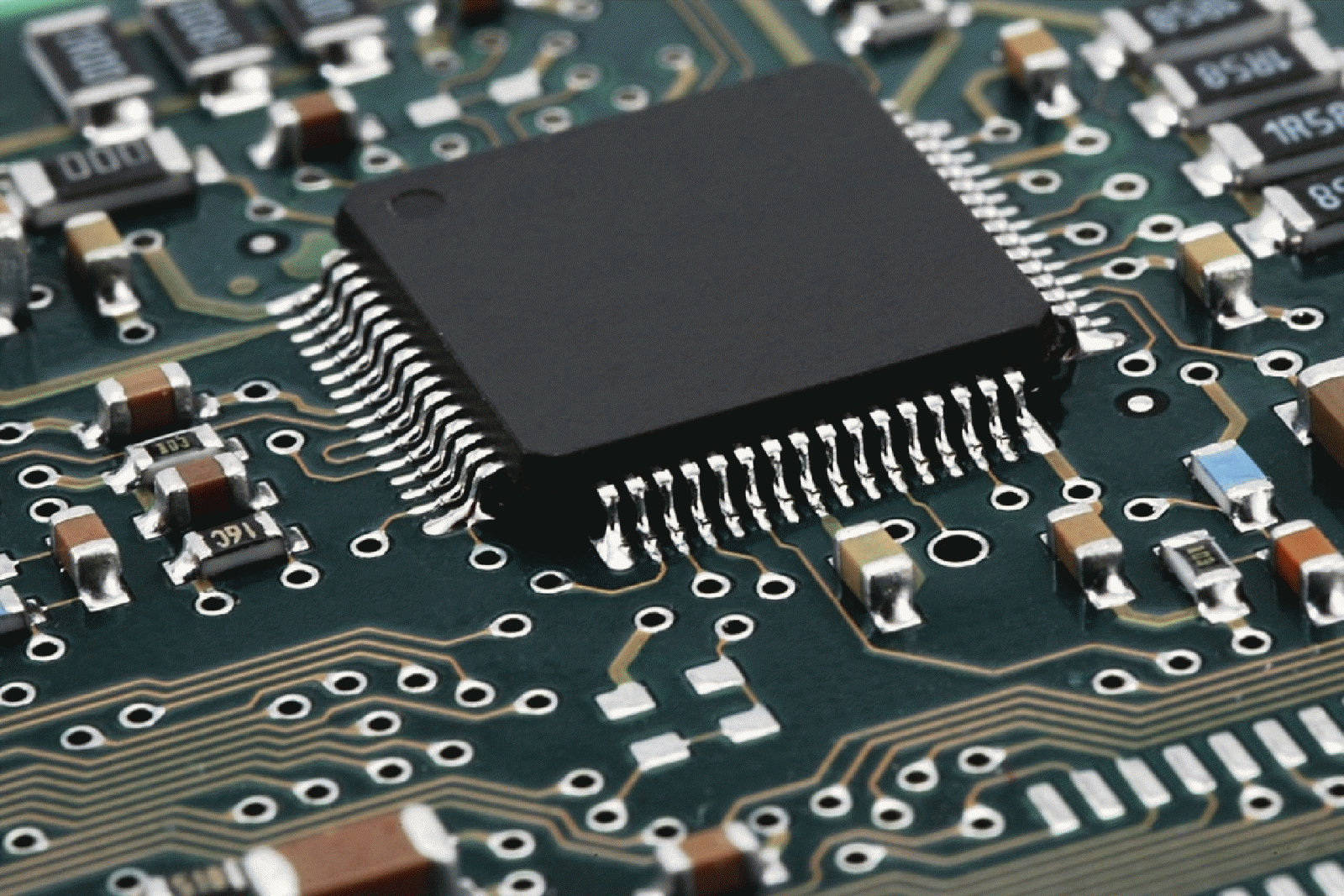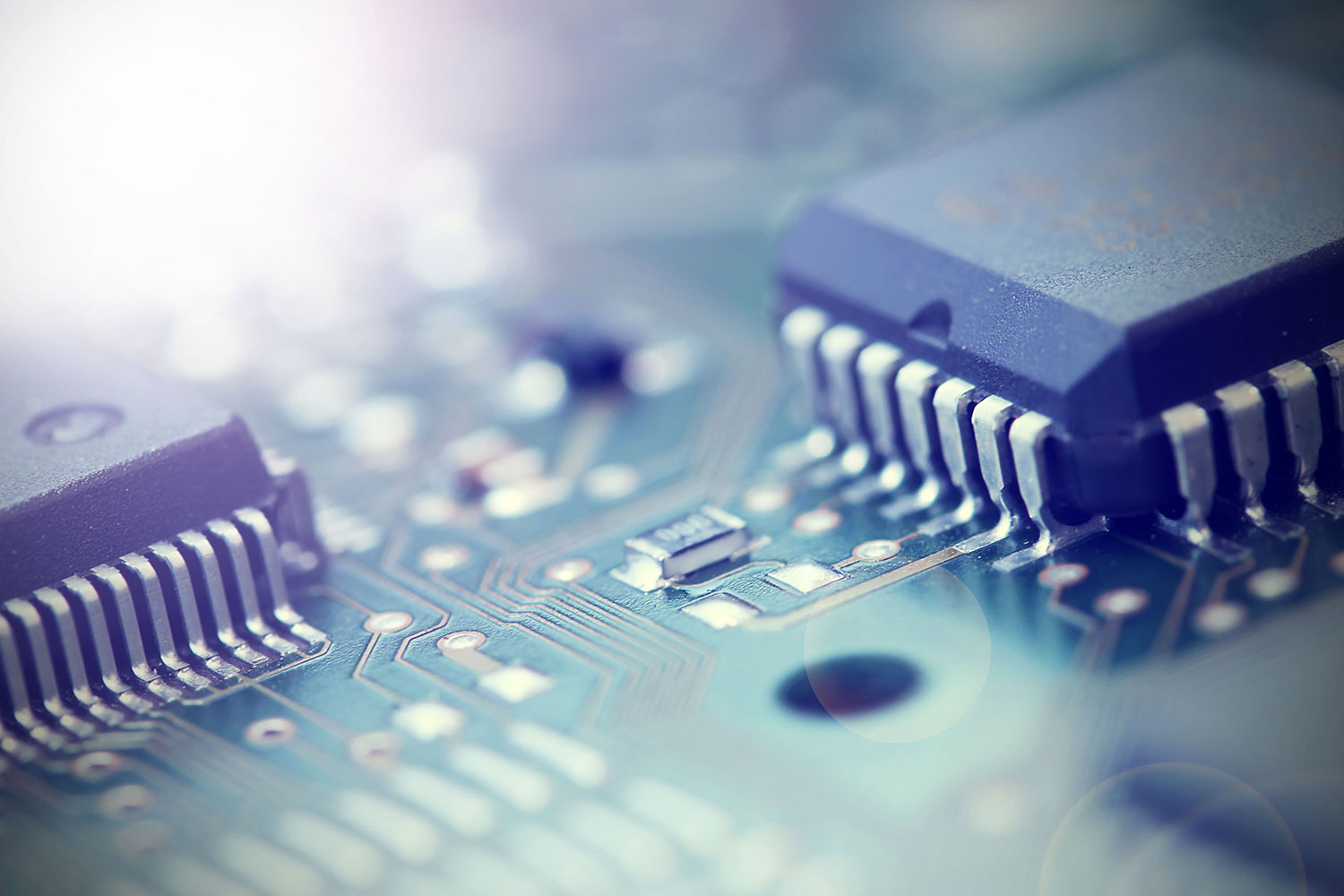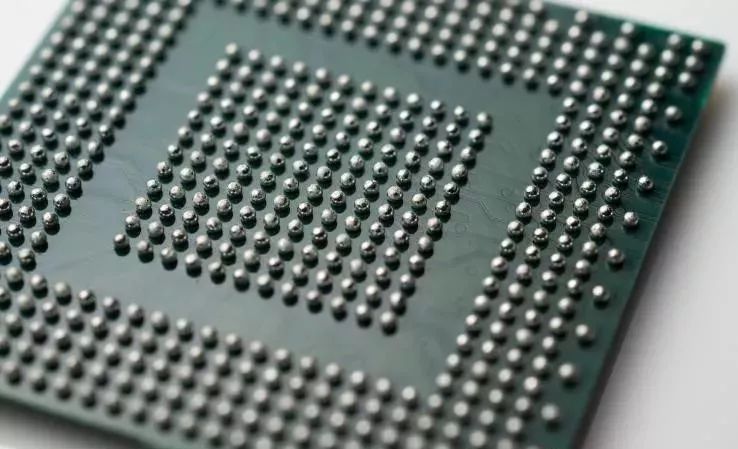
FR4 Materials and Properties
FR4 is a standard for glass fiber reinforced epoxy resin compounds defined by NEMA (National Electrical Manufacturers Association).
FR stands for "flame retardant" in English and indicates that the material complies with the UL94V-0 flammability standard for plastic materials. Code 94V-0 is found on all FR-4 PCBs. When the material catches fire, it ensures that the fire will not spread and be extinguished quickly.
For high TG or HiTG, the glass transition temperature (TG) is 115°C to 200°C, depending on the method of manufacture and the resin used. A standard FR-4 PCB will consist of one FR-4 layer sandwiched between two thin copper stacks.
FR-4 uses bromine, a chemical element called a halogen, which is fire resistant. It replaces another compound, G-10, which has lower resistance in most applications.
The advantage of FR4 is that it has a good strength-to-weight ratio. It does not absorb water, maintains high mechanical loads and has good insulating capacity in dry or wet environments.
FR-4 Example
Standard FR4: As the name suggests, it is standard FR-4 with a heat resistance of about 140°C to 150°C.
FR4 High TG: This type of FR-4 has a high glass transition temperature (TG) at 180°C.
FR4 high CTI: Tracking index greater than 600 volts (or IRC in France means running resistance index).
FR4 without copper laminate: ideal for insulation boards, forms and clips
Thickness factors to be considered

Component Compatibility: Although FR-4 is used to manufacture many types of printed circuit boards, its thickness affects the types of components used. For example, THT components are different from other components and require thin PCBs.
Space Saving: Space saving is critical to the design of electronic cards, especially for USB connectors and Bluetooth accessories. Thinner cards are used in configurations where space economy is critical.
Design and Flexibility: Most manufacturers prefer thick cards over thin cards. With FR-4, substrates that are too thin risk cracking if the size of the card increases. Thicker cards are flexible and can be used to make "V-grooves," also known as grooves.
The environment in which the PCB will be used should be considered. For electronic control units in the medical field, thin PCBs reduce stress. Cards that are too thin (and therefore too flexible) are more sensitive to heat. They can bend and form unwanted angles during the part welding phase.
Impedance Control: The thickness of the board means the thickness of the dielectric, in this case FR-4, which makes impedance control much easier. When impedance is an important factor, the thickness of the card is therefore a definite criterion that must be considered.
Connections: The type of connector used for printed circuits also determines the thickness of FR-4.
Reasons for choosing FR4
Due to its low price, FR4 is the standard choice for low-volume production of electronic boards or electronic prototypes.
However, FR4 is not ideal for high frequency printed circuits. Likewise, if electronic boards are to be integrated into products where components are not easily adopted and are not suitable for rigid printed circuit boards, another material should be preferred - polyimide/polyamide.









